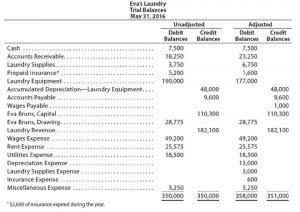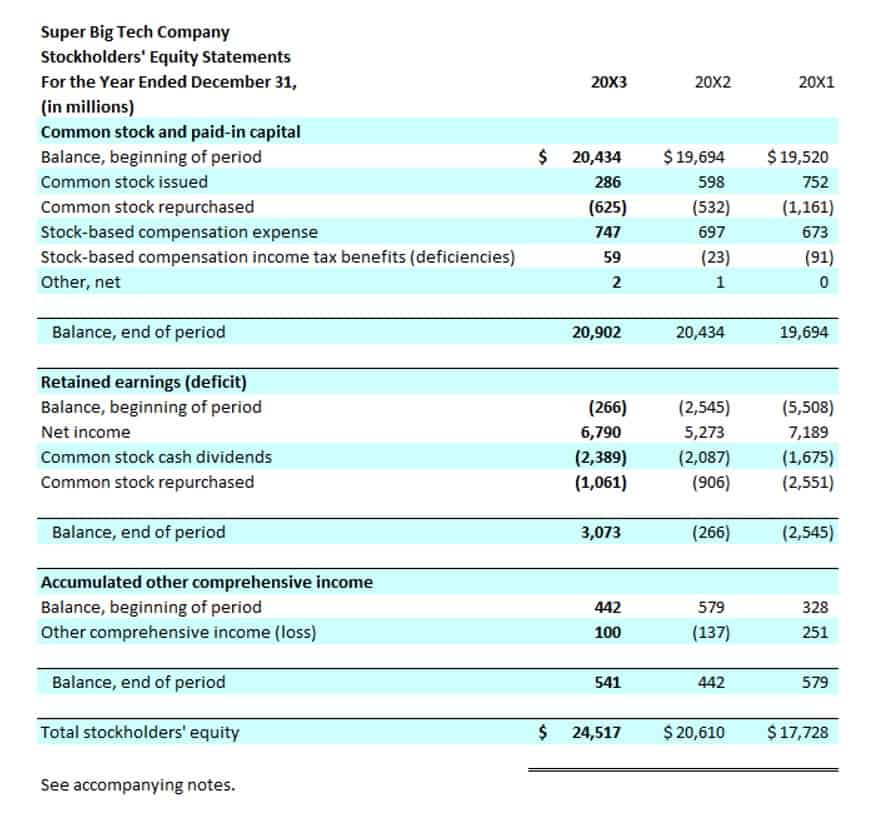
Company B, a retailer, implemented F.O.B. shipping point terms to streamline their supply chain, resulting in increased customer satisfaction and reduced inventory holding costs. The shipping point refers to the location where goods leave the seller’s possession, such as the seller’s warehouse or dock. In contrast, the destination point is where goods are delivered to the retained earnings buyer. Clearly defining these points in the contract is essential to avoid disputes over ownership and responsibility during transit.

FOB Shipping Point vs. FOB Destination

Freight forwarders act as intermediaries, managing the logistics of shipping goods from the seller to the buyer. They leverage their industry expertise and carrier relationships to optimize shipping routes, reduce costs, and ensure timely deliveries. Consider negotiating bulk shipping discounts or establishing predetermined freight rates with specific carriers to control costs effectively. The term “FOB” is used in four different ways when it comes to freight shipping. To understand each designation, we must first understand the difference between place of origin and place of destination and freight collect vs. freight prepaid.
Implications for Businesses

Buyers, however, must ensure proper insurance and handling to mitigate risks. Apart from FOB, there are other International Commercial Terms (Incoterms) that you need to learn about. These terms are a universal language, providing clarity and consistency in trade agreements. These standardized terms, published by the International Chamber of Commerce, define the rights and responsibilities of buyers and sellers in international transactions, shipping point resolving risks and uncertainties.
- Resolving any issues that arise during transportation can also be time-consuming for the buyer.
- FOB (Free on Board) is probably the most popular type of Incoterms utilized in international trade.
- Essentially, this term refers to a set of conditions that dictate where ownership of goods shifts from the seller to the buyer.
- Incoterms is updated each decade, with the 2020 Incoterms published in late 2019.
- Once they leave your hands and start their journey to the buyer, the risk shifts to the buyer.
DDP vs. FOB: Import Duties and Control
- FOB Origin, also known as FOB Shipping Point, is the standard term under Incoterms for defining the point at which the seller’s responsibility ends.
- The Bill of Lading is a crucial document issued by the arrival port to the carrier or its representative, confirming the receipt of goods and detailing their type, quantity, and condition.
- This article provides an in-depth analysis of both terms, including their definitions, advantages, disadvantages, and practical tips for successful shipping under each term.
- The seamless movement of goods across international boundaries is crucial for businesses involved in global commerce.
- Whether shipping electronics from Germany or textiles from India, Pazago covers your trade needs.
- To promote clarity and transparency in commercial transactions, FOB words define the exact moment at which ownership of the goods passes from the seller to the buyer.
FOB Destination stands for Free Board Destination, which double declining balance depreciation method means that the seller retains ownership and responsibility for the goods until they are delivered to the buyer’s specified location. FOB Shipping Point, or Free Board Shipping Point, is a term used in shipping agreements where the buyer assumes responsibility for the goods the moment they are shipped. The International Chamber of Commerce (ICC) standardises terms like FOB through its Incoterms rules.

FOB point is a fundamental element of international trade that delineates transportation responsibilities, cost allocation, and risk ownership between sellers and buyers. A thorough understanding of the FOB point enables businesses to manage shipping costs effectively, mitigate risks, and ensure smooth logistical operations. Indicating “FOB port” means that the seller pays for transportation of the goods to the port of shipment, plus loading costs. The buyer pays the cost of marine freight transport, insurance, unloading, and transportation from the arrival port to the final destination. The passing of risks occurs when the goods are loaded on board at the port of shipment. Responsibility for the goods is with the seller until the goods are loaded on board the ship.
- The seller is responsible and either must deliver new watches or reimburse Company A if they’ve already purchased the products.
- Plus, If the buyer faces issues with customs or transit, it might delay the final payment or cause complications, which, again, can impact the seller’s financial statement.
- FOB shipping and FOB destination are the main categories to determine when the title of the goods is transferred from the seller to the buyer, who pays the fees and who is liable.
- Many buyers prefer FOB origin and many FOB destinations, but there is a key difference.
- You should be able to answer the question of what does FOB mean in shipping and convey the fob price meaning.
- The seller pays for freight costs until the goods reach the buyer’s specified destination in FOB destination agreement.
- Thoroughly understand the implications of FOB Shipping Point and assess your company’s capacity to handle responsibilities post-shipping.
